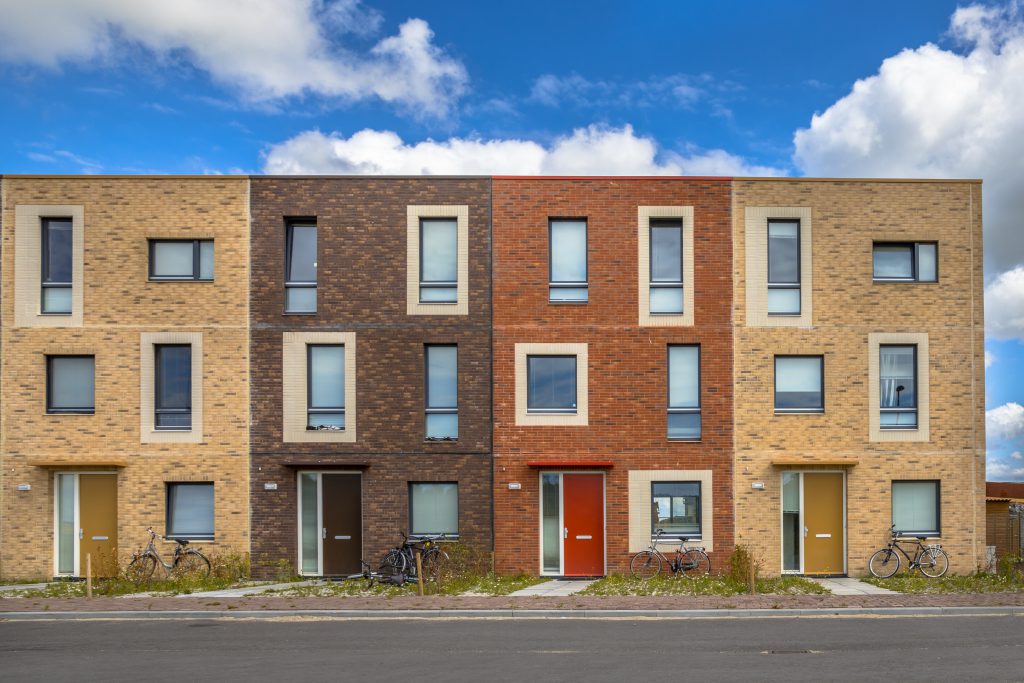Sunday Times Green PR
Retrofit Project Helps To Reduce Utility Costs In Social Housing
While electricity prices have stabilised in recent years, water prices are growing apace in several metros to provide capital for new infrastructure investment and manage demand. Drought-stricken Cape Town is a case in point. Severe Level 6B water restrictions were imposed (recently relaxed to Level 5 from 1 October), while multiple tariff increases were implemented over the past year.
To ensure that these policies are not regressive, the City of Cape Town implements progressively increasing tariffs according to property value and utility usage. Households in properties valued at less than R400 000 benefit from subsidised tariffs and free basic allowances, aimed at protecting their rights to basic services despite limited affordability.
Consumption above the basic levels is billed at fairly steep tariffs. In theory, homes worth R400 000 to R1 000 000 should belong to middle income households with some ability to pay. In reality, Cape Town’s recent property boom may have resulted in capital appreciation far outstripping income growth, causing lower income households on better located property to cross the tariff boundary. The consequence is worsening affordability.
New social housing units may be plagued by the same problem: the average cost of a new unit usually exceeds R400 000, while residents may earn as little as the minimum wage: R3 500.
The likelihood of being billed on standard tariffs is compounded by the general industry practice of new social housing developments not registering as sectional title schemes.

The city council would thus tend to attribute total electricity and water consumption to one large user, with indigency allowances for hundreds of low-income households on-site falling away. Accordingly, social housing operators usually need to apply for a special dispensation, which can be a lengthy process.
The Boom Flats retrofit project
To explore building resource efficiency as a mechanism to mitigate the impact of tariff escalation and create more environmentally sustainable models for city densification and integration, WWF and the Nedbank Green Trust undertook a retrofit at a 20-unit social housing development in Brooklyn.
Residents of the social housing institution Communicare’s Boom Flats received solar water heaters, LEDs, low-flow water fittings, insulation, low-E windows and rainwater harvest tanks during early 2016, aimed at increasing their quality of life and reducing monthly running costs.
Prior to the introduction of green technologies, the average water and electricity consumption was 6.4 kl and 258 kWh per unit per month respectively. After implementation, average monthly water use dropped by 25% to 4.8 kl (May to December, year on year) and electricity by 16% to 216 kWh (December, year on year).
But did this reduction result in a drop in resident costs?
At Boom Flats, average monthly household income at the time of the retrofit was approximately R7 750, with 20%, or R1 500, allocated to rental. Utilities consumed a further R220, or 2.8% income, on average on the Lifeline tariff. At the time, the retrofit enabled a monthly saving of R30 to R50 – marginal, but beneficial for more vulnerable residents including pensioners.
Since the retrofit, both water and electricity tariffs have increased substantially with estimated savings on the Lifeline tariff now reaching R100. The impact may have been even greater if assessed property value surpassed R400 000 in the interim, implying possible migration from Lifeline to Domestic tariff.
In this scenario, a 2016 pre-retrofit utility bill may have trebled from R220 to a staggering R760 in August 2018. In this instance, the retrofit would have delivered relief of R150, assuming maintenance of post-implementation consumption reduction.
Triple bottom line benefit
Resource efficiency delivers a triple bottom line benefit. It protects the financial security and so access to quality housing of lower income households, which may otherwise be forced to vacate their accommodation in the wake of tariff hikes. This in turn has an implication for landlords, including social housing operators, which are saddled with lost revenues and additional costs when affordability declines.
All spheres of government benefit from less strain on natural resources too. The Boom Flats residents would have been compliant with city council’s Level 6B, 50-litre per person per day, quotas well in advance of implementation.
If similar green initiatives were implemented at scale, this would reduce the need for new water infrastructure such as expensive desalination plants, while flatter electrical load profiles shift consumption out of Eskom’s peak time, during which it relies on expensive – and carbon-intensive – peaker plants.
The full report can be read here.






 Sign-up and receive the Business Media MAGS newsletter OR SA Mining newsletter straight to your inbox.
Sign-up and receive the Business Media MAGS newsletter OR SA Mining newsletter straight to your inbox.